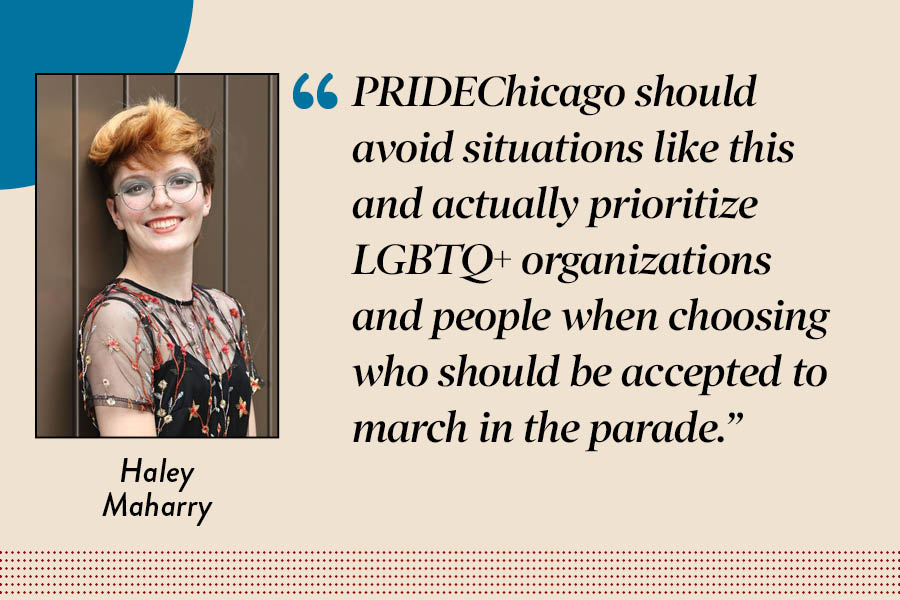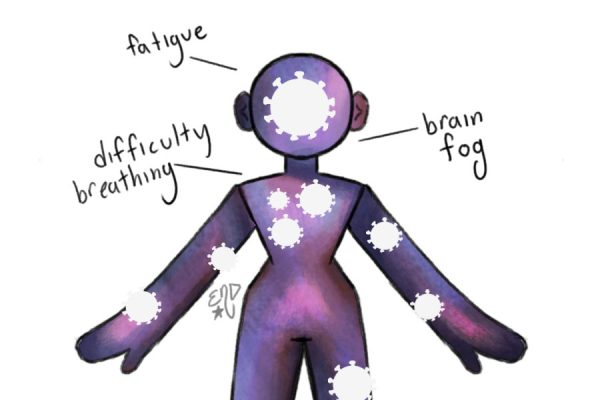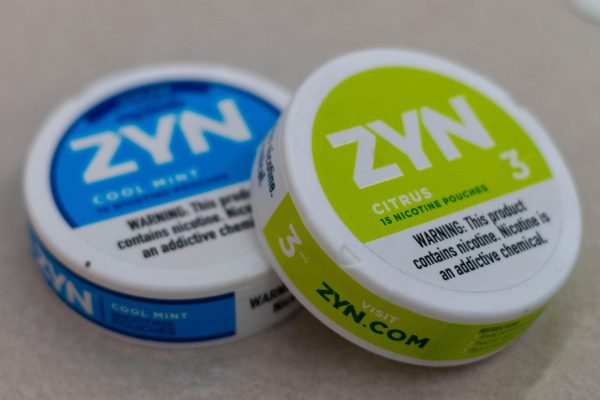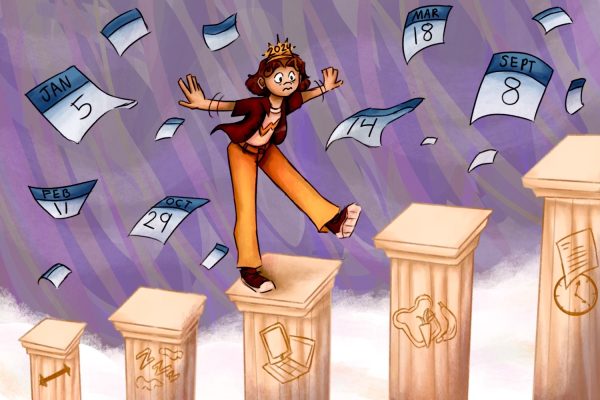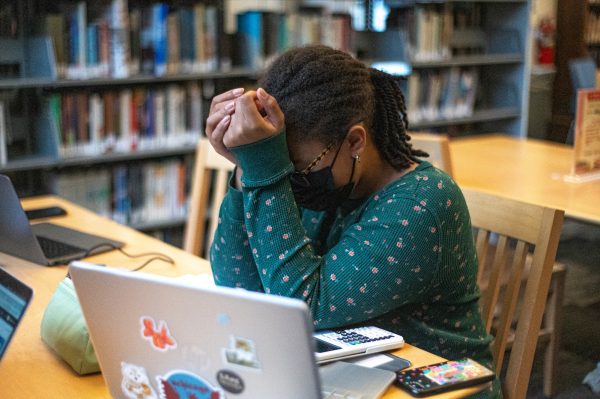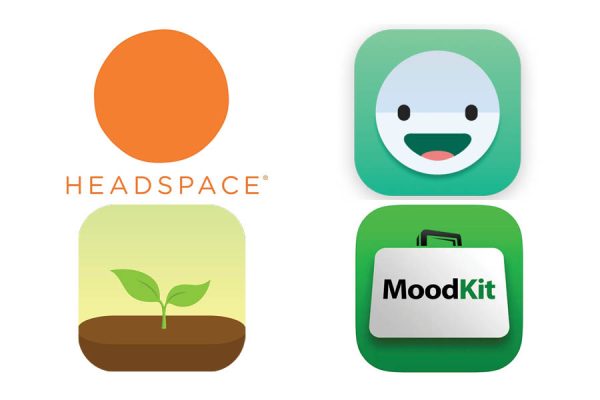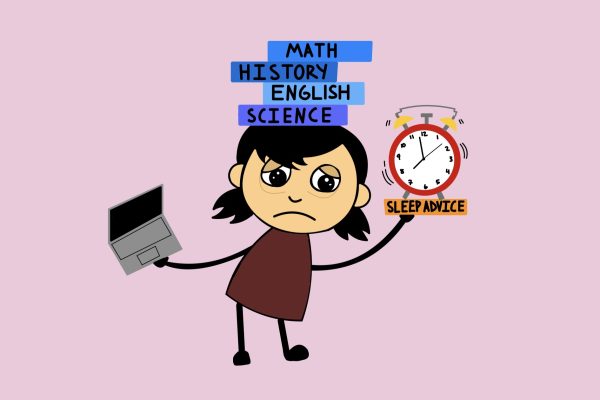A whole new headspace
A rise in meditation usage during the past decade has largely been due to the million dollar meditation-app industry that has emerged with apps such as Headspace, Calm and 10% Happier
October 9, 2019

What is meditation? Is it just breathing? Is it simply relaxing? Or is it something more?
With its recent surge in popularity, everyone has a different answer when it comes to what this millennia-old activity means to them.
“Meditation to me is taking time out of the day to focus on yourself and relieve stress or anxiety that you might not have other time to release,” junior Emily Chan said. “I try to do it every day.”
Emily is not alone. According to the Centers for Disease Control, between 2012 and 2017 the percentage of children who had tried meditation in the past 12 months increased from 0.6% to 5.4%.
This increase in popularity has materialized itself within the physical education curriculum through an optional stress-redux class.
“I think it’s needed; I think it’s accessible. More is expected of you 24 hours a day than when I was your age,” said Megh an Janda, a physical education teacher, regarding the value of meditation. “It’s just an endless cycle of go-go-go, so I think the ability to stop, take a minute and recognize where you are, where your imbalances and stresses are is very important.”
In recent years, meditation has also gone digital as a new 32 million dollar industry of meditation apps, like “Calm” and “Headspace,” have emerged. Over 50 million people have downloaded “Calm” and they have received over 700,000 five-star reviews. In comparison, “Headspace” has over 31 million downloads and almost 500,000 five-star reviews.
“I like to use Calm at night because they have a good sleep meditation as opposed to Headspace which is better for starting off your day focused,” Emily said. “I would encourage everyone to give it a shot because meditation can really help people.”
“ I think it’s needed; I think it’s accessible. More is expected of you 24 hours a day than when I was your age. It’s just an endless cycle of go-go-go, so I think the ability to stop, take a minute and recognize where you are, where your imbalances and stresses are is very important.”
— Meghan Janda, P.E. teacher
Both Emily and counselor Teddy Stripling urge students to try meditation or other mindfulness techniques.
Mr. Stripling encourages skeptical students to think about how much they pay attention to their morning routines such as how they get to school.
“You’re not thinking, you’re just going,“ Mr. Stripling said. “We’re all moving in circles, and everyone’s trying to get nowhere faster.”
Other teachers share his sentiment, and are working to provide balance to their students’ lives.
“I got a free subscription to “Calm” for all of my students. So, I provided them with their username and password because it is now a free subscription for teachers,” English teacher Maja Teref said.
She encourages her students to take time out of their day to work on mindfulness and Ms. Teref uses meditation in her own life to deal with difficulties and problems.
“I find that meditation helps me calm down and once I do that I am in a better mood and I can organize my thoughts more clearly so I have more clarity,” Ms. Teref said.






